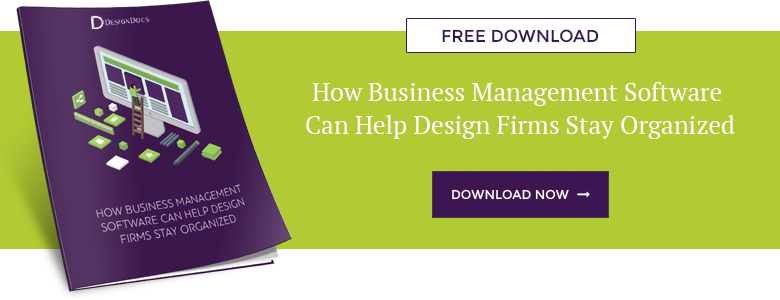Mastering accounting for interior designers is not an easy task, but if you have the right plan in place and you make yourself aware of common pitfalls, you’ll be on the path to financial success in no time. Check out our all-star tips for how to get ahead of the curve with the bookkeeping and accounting for your firm.
1. Make a Budget
Creating a budget may not be the task you’re looking forward to most, but you’ll be very thankful you did it when you end up more profitable down the road. If you don’t have a budget, it’s very hard to know if you’re overspending or underspending throughout the year. And it’s even harder to get better at managing finances if you don’t have comparison numbers from previous years.
Having a budget can really highlight spending and saving opportunities to help you grow your business over the longer term.It’s also necessary for monitoring short-term goals and can be used as a guidepost for resource allocation as you move through the year. Spend the time to make a solid budget for the months ahead–it’s a good use of your time.
2. Be Aware
Sales tax, payroll, and income tax all have associated deadlines and requirements. Knowing when these deadlines are and clearly understanding the requirements can really help you. Avoid fines and audits by having a schedule with these important deadlines and a plan for how you’re going to meet them. Know who is responsible for what, and if you need professional help, make sure you find that help well before the deadline date.
3. Monitor Your Cash Flow
Cash flow is a key indicator of the health of your business. It can be tricky, though, to really understand your cash flow, particularly with the complex needs of accounting for interior designers and the volume of transactions.Things move fast and information can end up outdated before you see it. You definitely need to knowif you’re making money or losing money, but understanding your cash flow can also open your eyes to profit spikes or flat revenue. And with that knowledge, you can spot opportunities to positively affect the business by running promotions, bringing in staff, experimenting with new services, etc. Good software with integrated accounting will have automated reports to help you understand your cash flow, and there are other important strategies to ensure you have a good handle on your cash flow, too.
4. Keep Personal and Business Finances Separate
Mixing your personal and business finances, even in small ways, will generally result in confusion. It may seem convenient to pay for items interchangeably, depending on what credit card is on hand, for example, but down the road, you’re going to need to spend time sorting out what are personal expenditures and what relates to the business. This can end up taking a lot of extra time, and extra bookkeeping, in order to make sure your business accounting is accurate. Save yourself this pain, and make sure your accounts are clearly separated, and stay that way.
5. Get Good Help
Everyone can use a little help, and accounting for interior designers is one area that can get very tricky and where a little help can really go a long way. Make your accounting process easier by hiring a professional bookkeeper who knows your industry and byinvesting in design business management software so that you can be involved and have access to all the information you need. When it comes to accounting for interior designers, software tools can help you easily track your expenses, generate invoices, create POs, and generally implement good accounting practices for your firm.




